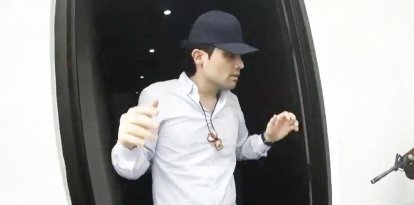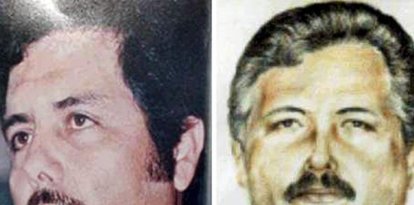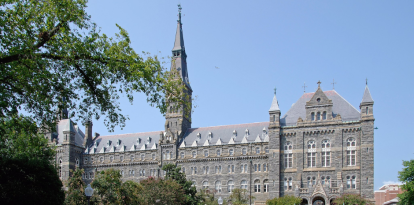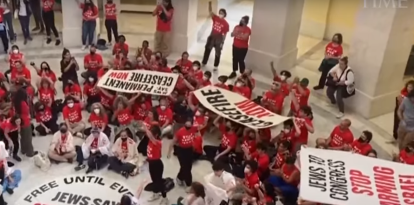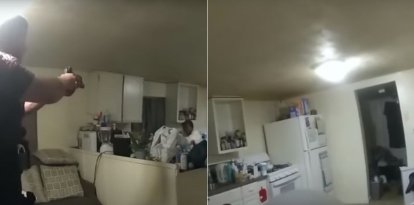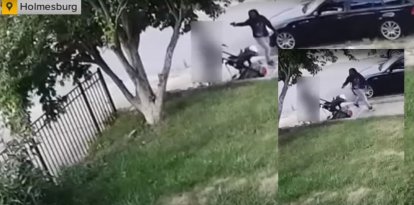Firefighters point to lack of preparation, communication failures and extreme weather for devastating Maui fire
A report denounces that alerts due to bad weather were ignored and the unreliability of the island's telecommunications systems during the crisis and recommends numerous changes to avoid another tragedy.

Tragedia en Maui: más de 1.000 desaparecidos y cientos de víctimas sin identificar (Cordon Press)
The lack of preparation and communication failures, along with "exceptional" weather events were the main factors behind the devastating fires that devastated Maui last August and they cost the lives of about 100 people, according to a Report from Western Fire Chiefs Association published last Wednesday. On the same day, the first part of the independent investigation commissioned by the Attorney General of Hawaii, Anne López, also came to light, in which the Fire Safety Research Institute collected a large amount of data to be able to reconstruct what happened before, during and after the fire.
More than 100 people died and damage worth $6 billion
While the report commissioned by the prosecutor is merely descriptive, without trying to find or analyze the causes of what happened or evaluate the management, the firefighters' report does assess what happened and proposes several "challenges" to prevent a tragedy of the dimensions of this one from happening again: 101 people dead, nearly 2,200 buildings destroyed and many more damaged - 86% of them residential -, more than 6,721 acres razed and the loss of important historical and cultural heritage, with an estimate of damages exceeding $6 billion.
Among the previous factors pointed out by firefighters are the change in land use from wetlands to fallow between 1970 and 1990, which allowed the soil to become covered with grasses that pose a risk for fires. Especially if, as happened last summer, there was an "abnormally dry" climate, with areas of severe drought, which contributed significantly to the rapid spread of the fire. To complete the perfect storm, the National Weather Service (NWS) issued a red flag warning on August 5 "due to low relative humidity and high winds associated with Hurricane Dora, which was passing about 600 miles south of Maui." However, the authorities did not give special importance to the announcement - which would have allowed more personnel and resources to be on alert - since such situations are relatively frequent on Maui.
Maui firefighters were not in a position to deal with a fire of this magnitude
The fire soon got out of control, reaching catastrophic levels, demonstrating that the island's firefighters were not in a position to deal with the disaster they faced, according to reports. There were not enough personnel, fire trucks or tankers to control the fire. Some of the professionals were forced to use their personal vehicles - even motorcycles - to rescue and evacuate residents from burning buildings.
The communication and coordination failures, or the blocking of evacuation routes - firefighters requested the creation of new ones - with fire trucks trapped by cables preventing passage and leaving professionals trapped and unable to contribute to extinguishing the fire and putting their lives at risk and those of their companions. For example, the performance of a firefighter who rescued seven colleagues stands out, including one who was unconscious.
Maui telecommunications and infrastructure failures
Technical failures were added to human errors. The fire spread to the ocean, but the water mains failed, causing considerable water leaks that lowered the pressure in the mains to the point that firefighters found themselves at hydrants without water in critical locations for extinguishing the fire.
One of the firefighters' key recommendations for the future is to review the island's telecommunications, especially the mobile phone system. During the crisis, neither cell phone coverage nor internet access were reliable, which made it difficult to find help or update information on the evolution of the fire, including evacuation notices.













